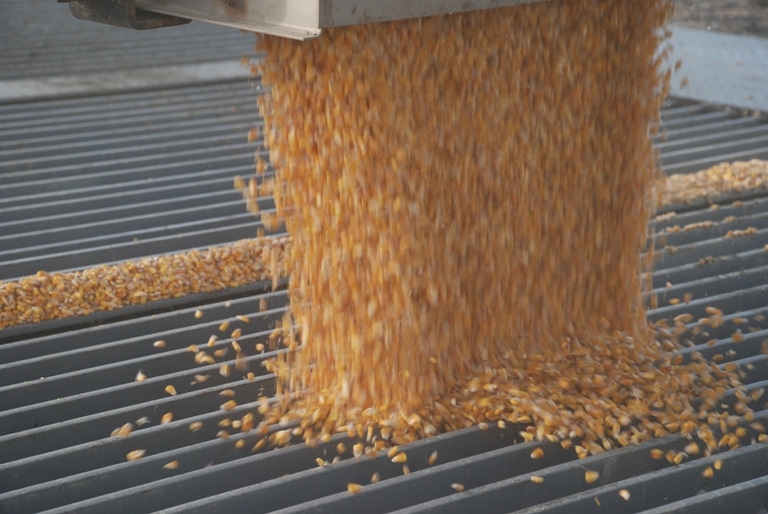March 6, 2012

U.S. net farm income is projected at $95 billion for 2012, down from $98 billion in 2011, based on a report to Congress Monday from the Food and Agricultural Policy Research Institute (FAPRI).
“While net farm income may fall a little short of last year, we expect 2012 to be another good year for most producers,” says Pat Westhoff, director of FAPRI at the University of Missouri-Columbia (MU).
Corn yields dropped below trend line the last two years, reducing carryover stocks and pushing up prices. “With normal weather, a bigger crop in 2012 may lead to lower prices this fall,” Westhoff says. “Other crop prices tend to follow corn.”
The annual MU FAPRI baseline was presented Monday to Congress. The baseline, extending 10 years, provides a measure for analyzing proposed changes in farm policy.
Trend-line yield for 2011 season was 160 bushels per acre; however, actual production was 148 bushels.
“Crop prices would be a lot lower today if we had not had back-to-back years of below-trend corn yields,” Westhoff explains.
FAPRI projects planted corn acres this year at 93.5 million acres, up from 91.9 million last year. An assumed normal yield in 2012 reduces per-bushel price to $4.81, down from $5.96 for the 2011-12 market year.
Ethanol production is projected to remain at 2011-12 levels after years of rapid growth. An end of the 45 cents per gallon tax credit, high corn prices and constraints on ethanol used in conventional 10% blends contribute to slower growth.
Soybean prices for 2012 remain over $11 per bushel, after averaging an estimated $11.61 for 2011-12. “Soybeans must remain strong to be competitive with corn for acreage,” Westhoff says.
“Given current tight corn supplies, markets will be sensitive to news about 2012 supply-and-demand prospects,” Westhoff says. “Prices could fall if favorable weather increases crop production.”
Even with good weather and higher yields, demand should stay strong enough to keep crop prices above pre-2007 levels, Westhoff says. “Weather remains the major variable, affecting grain production and livestock grazing.”
Volatility can be expected. “Many of the factors that caused recent price swings remain in flux,” Westhoff says.
For the pork industry, profitability prospects for 2012 and 2013 are bright, as hog prices should remain strong and feed prices fall.
Following three years of contraction, the pork industry began 2012 with a slightly larger sow herd than the year before. Sow inventories are expected to continue modest growth into 2014, tempered by recent volatility in feed prices.
The FAPRI report says even though the U.S. sow herd is now 20% smaller than 20 years ago, pork production in 2012 is projected 35% above the 1992 level, with productivity growth continuing in the next decade.
Meats will show the highest inflation in 2012, as they did in 2011.
While farm income increased, production costs grew $36 billion, almost 12%, in 2011. Feed, fertilizer and fuel led increases. Feed should drop; however, fertilizer and fuel remain high.
The MU FAPRI baseline assumes normal weather and continuation of current farm policies. While the 2008 farm bill expires this year, analysts assume current law prevails through the 10 years, for comparison of policy alternatives.
Macroeconomics on interest rates and inflation are provided FAPRI by IHS Global Insight. Economists at the Agricultural and Food Policy Center, Texas A&M, provide the economic impact of the baseline on representative farms across the country.
The 64-page report is posted on the Internet at http://www.fapri.missouri.edu.
You May Also Like


